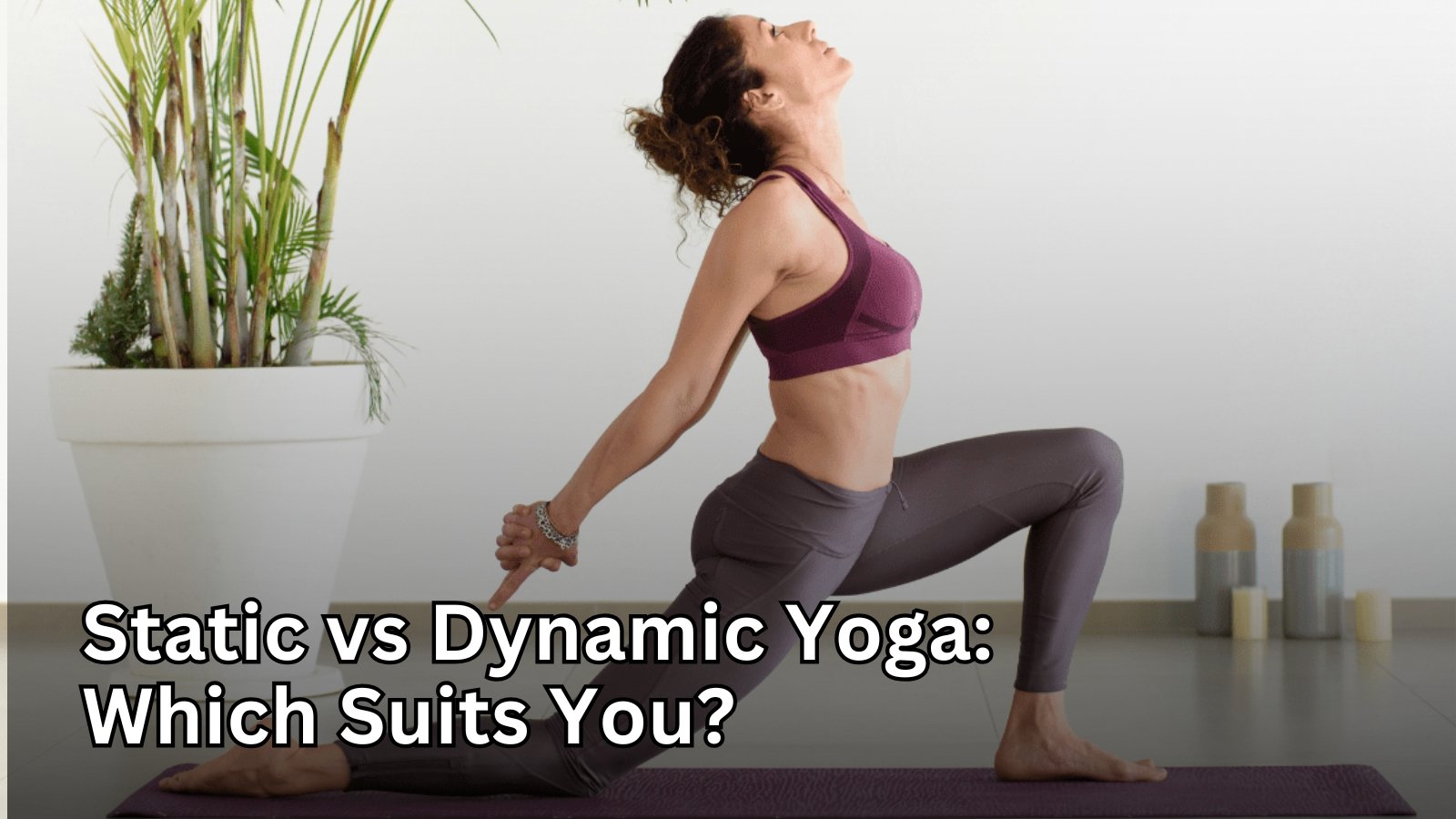
Static vs Dynamic Asana Practice: Understanding Their Roles in Yoga for Balance, Strength, and Flexibility
Introduction
Yoga is commonly categorized across a spectrum from static to dynamic practice. Understanding the distinctive roles of each approach—and how they complement each other—can help both practitioners and teachers craft balanced, effective asana sessions.
This blog will explore:
1. Definitions and principles of static vs dynamic asana practice
2. Physiological, neurological and energetic roles
3. Practical sequencing and integration
4. Teaching applications and practice tips
5. Sample routines and modifications
6. Final reflections
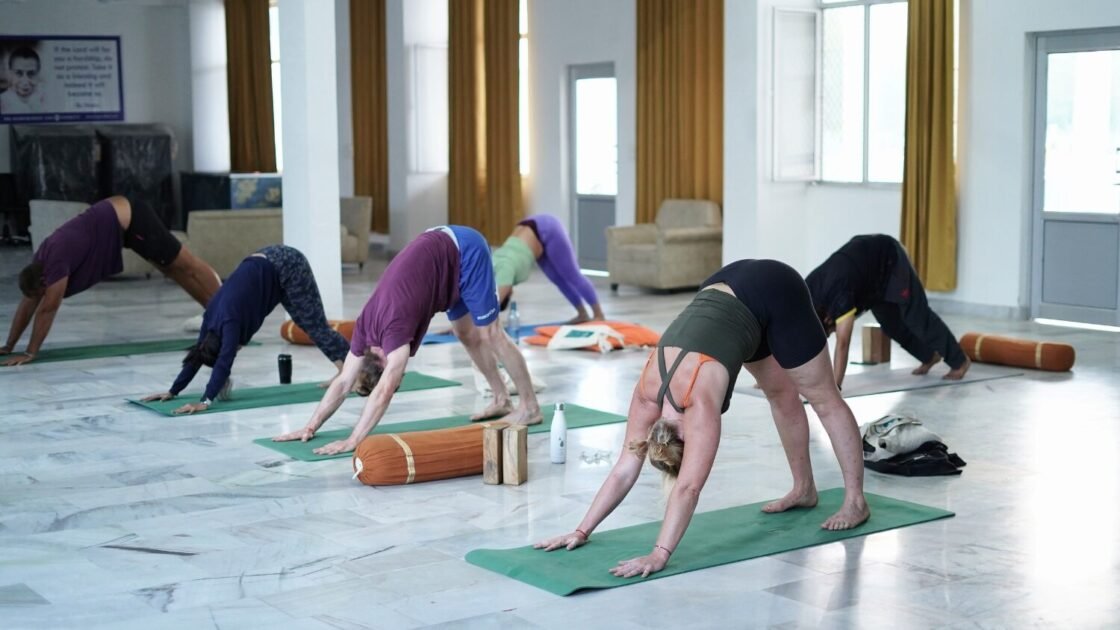
⸻
Definitions: Static vs Dynamic Asana Practice 🎯
Static Asana Practice
Static practice refers to holding postures for extended durations—typically 15–20 seconds to several minutes—without movement once you’re in the final shape of the pose . These sustained holds emphasize internal alignment, breath, sensory awareness, and connective‑tissue engagement.
Dynamic Asana Practice
Dynamic practice entails movement-based sequences, often with transitions and poses held only briefly (less than 10 seconds), integrated in a rhythmic, flowing pattern such as Vinyasa or Sun Salutations . Here, the focus is on functional movement, coordination, warming up, and energetic activation.
⸻
Physiological & Neurological Roles
Energy Systems & Muscle Fiber Engagement
• Dynamic practice activates the sympathetic nervous system—increasing heart rate, circulation, sweating and engaging white (fast‑twitch) muscle fibers. It mirrors aerobic exercise in many ways .
• Static practice, by contrast, engages the parasympathetic nervous system, reduces heart rate and blood pressure, and involves red (slow‑twitch) fibers for longer‑duration endurance .
Neuromuscular Coordination and Joint Health
• Dynamic transitions improve neuromuscular coordination, rhythm and joint mobility. They can serve to warm up joints and muscles before deeper holds .
• Static holds promote stretch reflex adaptation, allow muscle relaxation via Golgi tendon organ response, and encourage deeper connective tissue release .
Brain and Sensory Processing
• Dynamic yoga transitions elicit higher muscle activation and greater engagement of the motor cortex for planning and coordination .
• Static postures, on the other hand, activate internal awareness, focus attention on breath, alignment, and subtle sensations, engaging mental stillness.
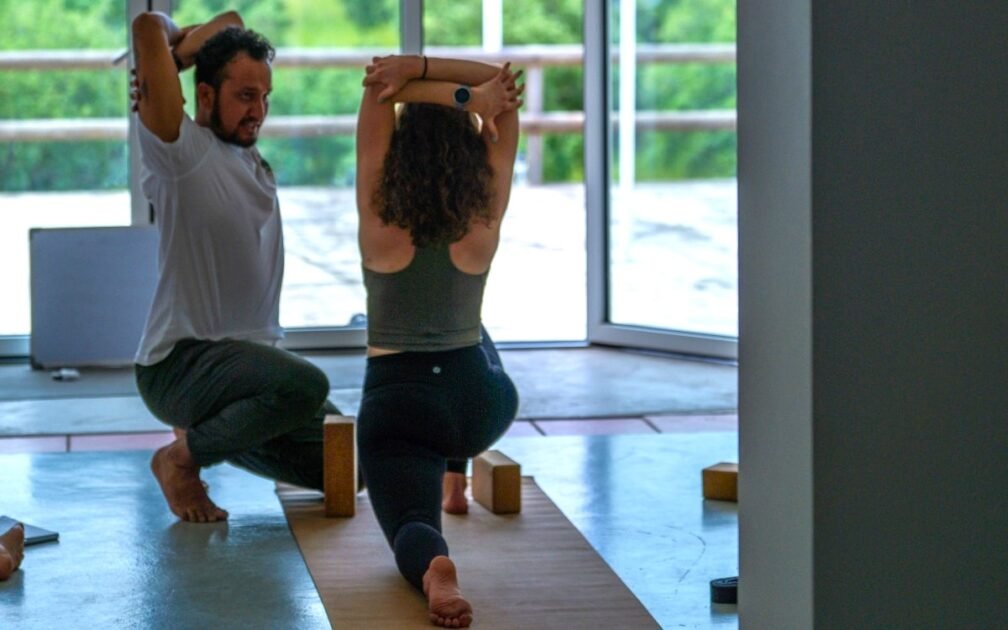
⸻
Energetic & Emotional Roles
Dynamic Flow: Heat, empowerment, release
Dynamic movement builds heat (tapas), releases stagnant energy, circulates lymph and blood, supports digestion and respiration, and can emotionally invigorate .
Static Holding: Grounding, restoration, insight
Holding a pose quietly allows practitioners to observe body‑mind‑emotion interplay. It supports restorative or meditative states and helps cultivate introspection and calm .
⸻
When to Use Each Approach
Warm‑up and preparation: Dynamic first
When preparing for deeper stretching or advanced static holds, dynamic practice helps prime the joints and heat the tissues, making them more adaptable. For example, flowing Surya Namaskar before holding Trikonasana or Warrior II .
Therapeutic or remedial application
Dynamic movements may loosen specific joints or tight areas before static holds are applied to the same region for restoration or strengthening .
Class structure examples
• Vinyasa or Flow class: dynamic transitions dominate with occasional intermediate holds
• Hatha or Iyengar class: static holds predominate with occasional flow
• Yin or Restorative class: long static holds, minimal movement
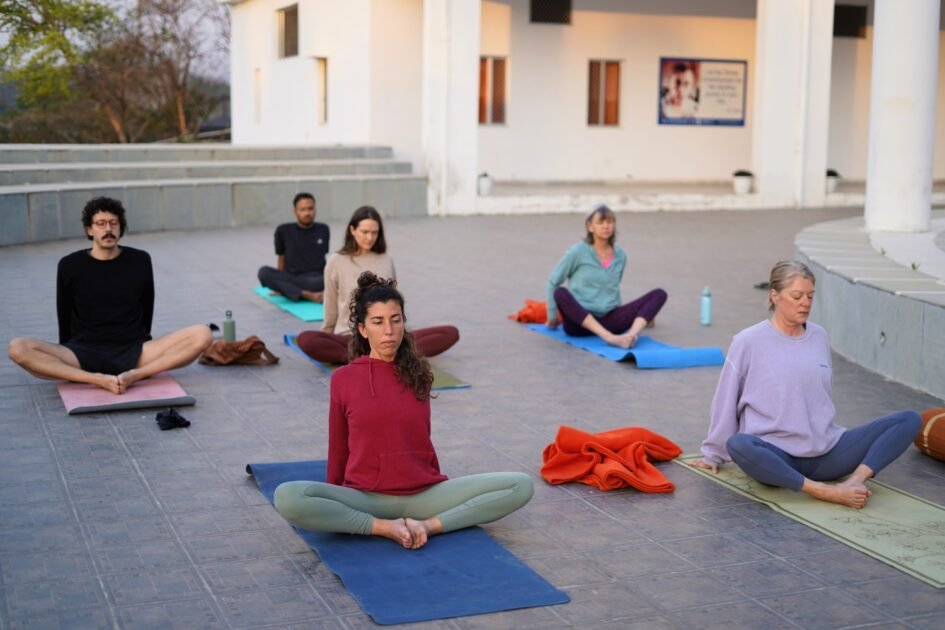
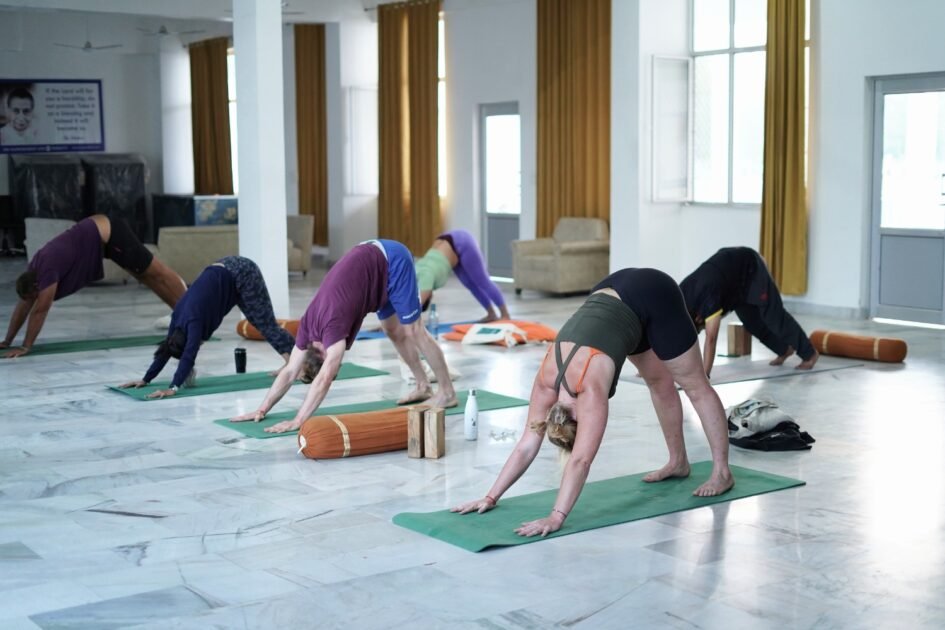
⸻
Sequencing Integration: Blend of Static & Dynamic
A well‑balanced practice often blends both. Sample sequence structure:
• Opening (10 min): Gentle dynamic warm‑ups, joint mobility, Sun Salutation flows to awaken body
• Middle (30–35 min): Alternating dynamic transitions with static holds (e.g. dynamic lunges transitioning into held Warrior II for 5‑10 breaths)
• Peak (5–10 min): Held challenges, e.g. long Tree Pose, balancing or deep Yin twist
• Closing (10‑15 min): Longer static restorative poses such as seated twist, Viparita Karani legs‑up‑wall or shoulder stand holds, plus Savasana
This sequence ensures activation and energetic uplift, followed by grounding and reflection.
⸻
Teaching Considerations: Roles for Practitioners & Instructors
Beginner-friendly structure
Beginner routines often lean dynamic to engage and familiarize the body with movement, then introduce brief static holds. Gradual progression builds strength, flexibility, and body awareness.
Intermediate and advanced
As practitioners mature, longer static holds deepen tissue mobility, mental equanimity and internal mastery. Meanwhile, challenging dynamic flows can refine coordination and fluid strength.
Cueing and modifiers
• In dynamic transitions, cue breath‑coordinated movement (e.g. inhale to rising, exhale to folding), alignment and momentum control.
• In static holds, cue micro‑adjustments: root down through feet, engage core, breathe into the sensations, notice emotional and mental responses.
Balancing intensity
Teachers can adjust by:
• Varying hold times (e.g. from 5 to 60 seconds depending on level)
• Offering supports/prop modifiers during holds
• Making dynamic options slower for sensitive students or faster for energetic sequencing
⸻
Sample Asana Roles: Static vs Dynamic in Action
Example: Downward‑Facing Dog → Chair Pose flow
Dynamic: Jump or step from Down Dog into Chair Pose (moving expression)
Static: Hold Chair Pose for 5 breaths at low hips
Balance practice: Tree Pose (Vrikshasana)
Static: Hold Tree Pose for multiple breaths, building focus and stability.
Dynamic: Transition fluidly in and out (lifting and lowering arms or switching legs) to challenge balance under motion
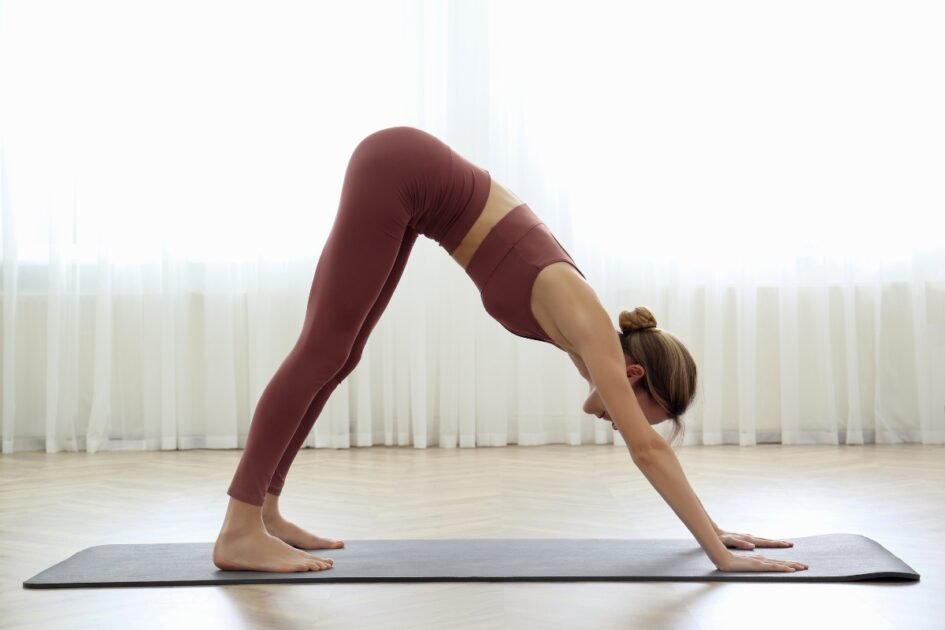
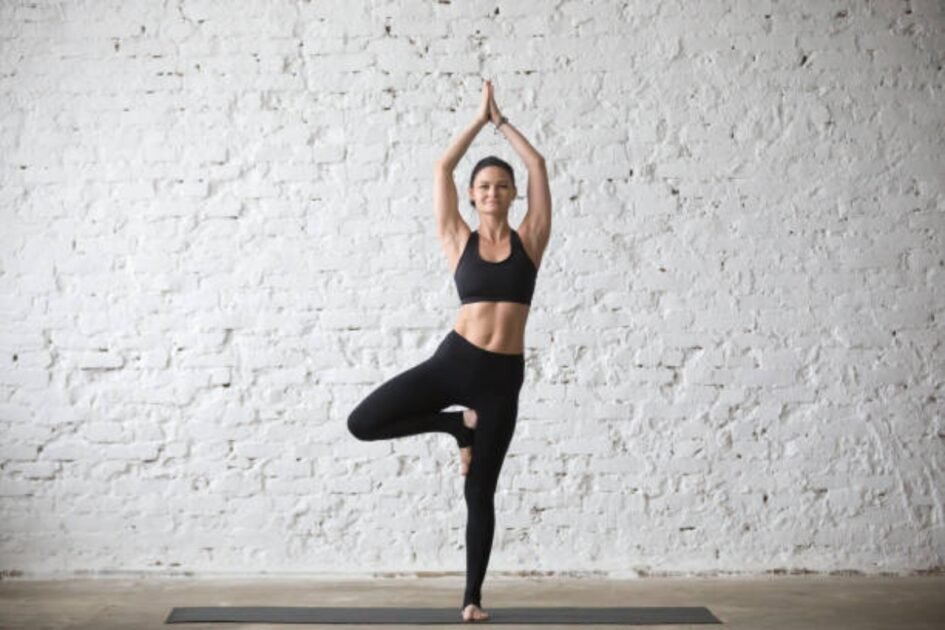
Twist: Bharadvajasana or seated twist
Static: Sit and hold the twist deeply, focusing on spinal rotation and internal sensation.
Dynamic: Flow through gentle seated twist transitions, alternating sides, to massage internal organs and increase flexibility
Restorative inversion: Viparita Karani
Static: Legs‑up‑the‑wall pose sustained for several minutes brings calm and circulatory benefit
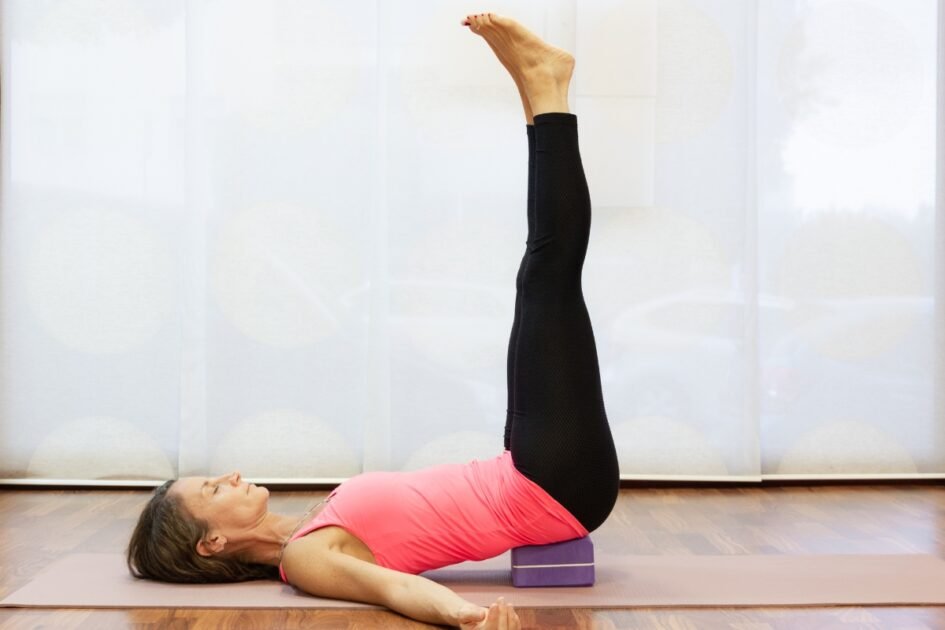

Developing Your Own Balanced Practice
Self‑practice suggestions
• Morning Energizer: Dynamic Sun Salutations, followed by short static holds in Warrior II and Tree Pose.
• Midday Reset: Moderate flow sequence, then seated twist holds, ending with Viparita Karani for 5 minutes.
• Evening Wind‑Down: Gentle dynamic warm‑up, deep static Yin holds: supported forward fold, reclined twist, pigeon hold.
Tips for holding static poses
• Use props (blocks, blankets, straps) to stay comfortable in longer holds.
• Practice breath awareness: aim for long, slow exhales to activate parasympathetic state.
• Check alignment: micro‑adjust every few breaths to maintain integrity and prevent strain.
Tips for dynamic sequences
• Match breath rhythm to motion. Ideally, one breath per movement.
• Move with control—especially during transitions—to protect joints.
• Use dynamic transitions to prep for upcoming static asana (e.g. lunges before deep hip holds).
⸻
Underlying Principles & Culture
Historical & classical grounding
Classical sources indicate static asana practice was central to Hatha tradition: holding postures to accumulate prana, balance energy, and develop internal steadiness .
Dynamic moving sequences became popular and widespread in modern yoga, especially with forms like Ashtanga and Vinyasa, which emphasize breath‑linked movement geared to physiological warm‑up, strength and flow.
Both approaches are bona fide parts of the “Sthira Sukham Asana” principle: the ideal is stability and comfort, whether in motion or stillness .
⸻
Real‑World Scenarios: Addressing Common Needs
Stress and Anxiety Relief
• Static practices like longer held forward folds, seated twists or Viparita Karani calm the nervous system.
• Dynamic breathing-based flows that slowly activate movement with ujjayi breath can center scattered energy .
Flexibility & Tissue Release
• Dynamic flows warm tissues before static yin-like holds to stretch deeper layers.
• Static holds increase flexibility, especially if preceded by movement-based prepping.
Strength & Endurance
• Static holds strengthen isometrically—core, legs, arms.
• Dynamic vinyasa builds functional strength and cardiovascular endurance.
⸻
Conclusion: Why Both are Essential
• Dynamic practice energizes, warms up, builds movement fluency, and strengthens with breath-synced flow.
• Static practice grounds, calms, deepens awareness, and fosters flexibility and tissue release.
• Combined in a balanced practice, they cover the full spectrum of physical, mental, energetic, and emotional benefits.
Final Thoughts & Call‑to‑Action
Whether you’re a student or teacher, exploring the roles of static and dynamic asana practice can enrich your yoga experience. Aim to:
• Map your classes or routines to include both modes
• Observe how your body and mind respond to different durations
• Adjust sequencing according to student level, intention and time of day.

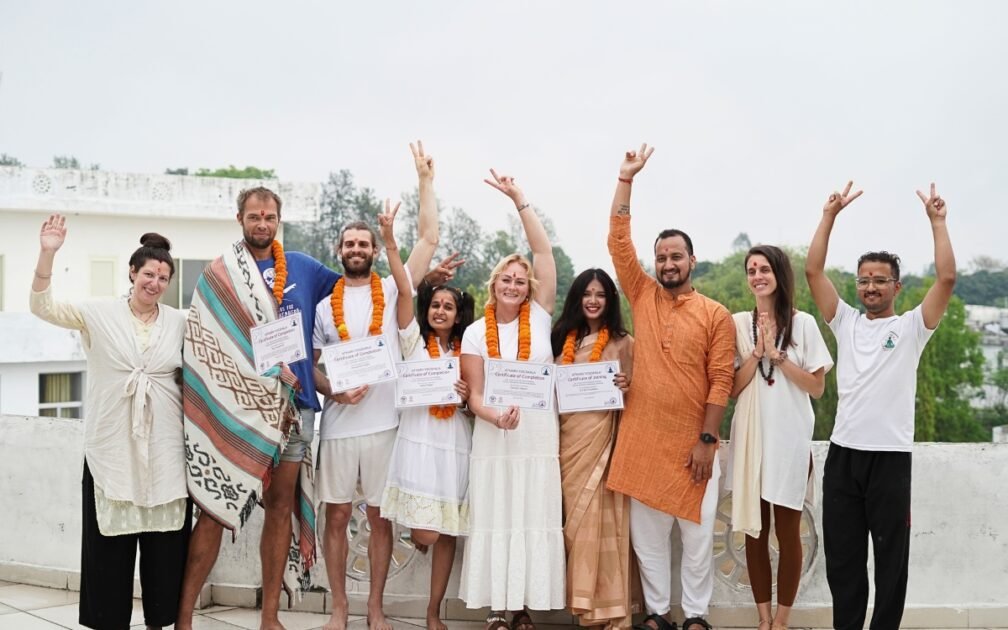
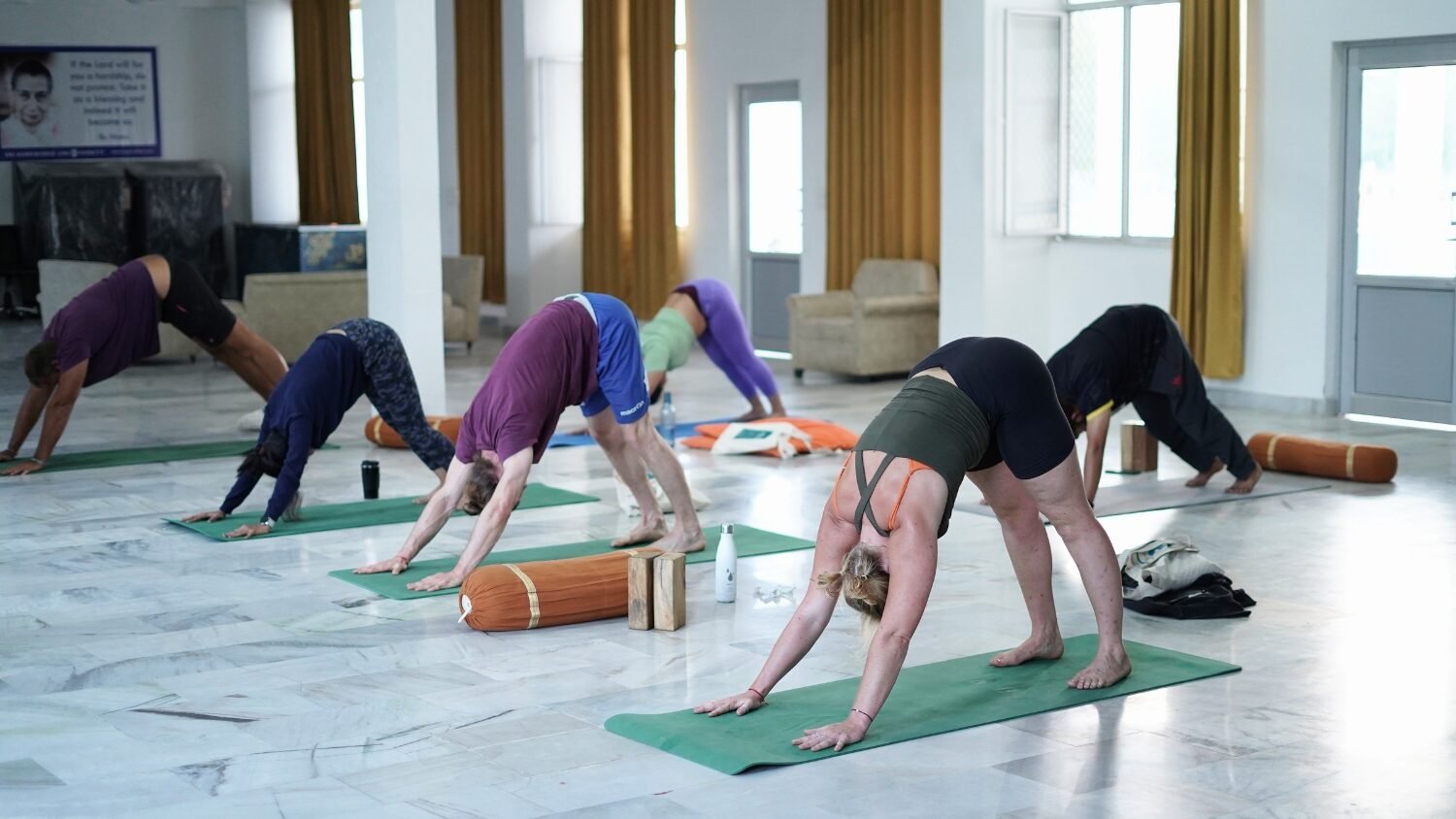
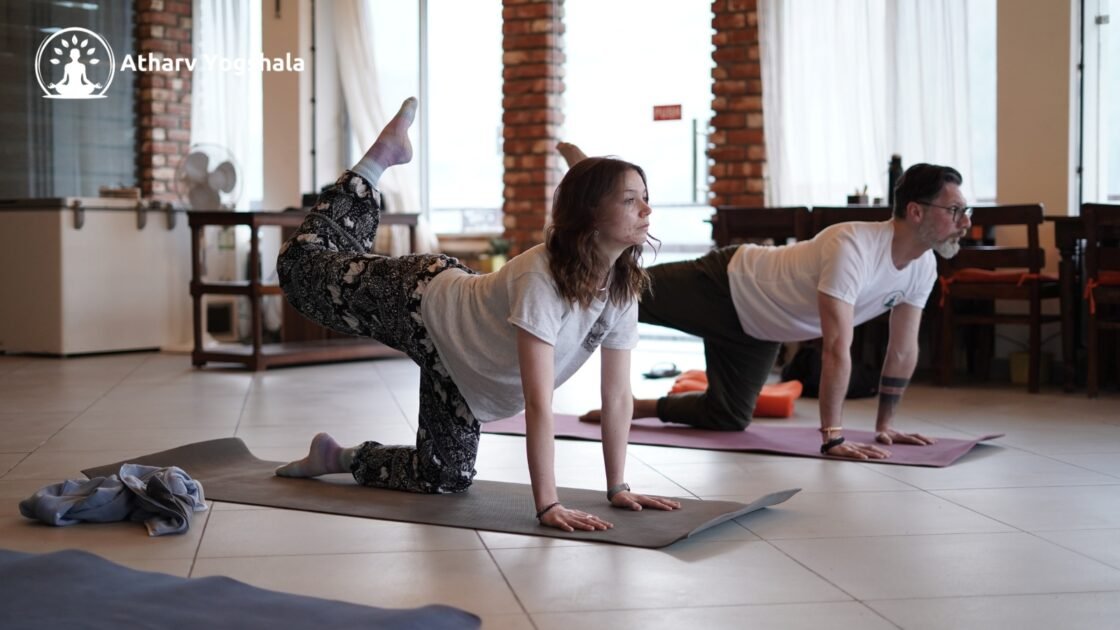


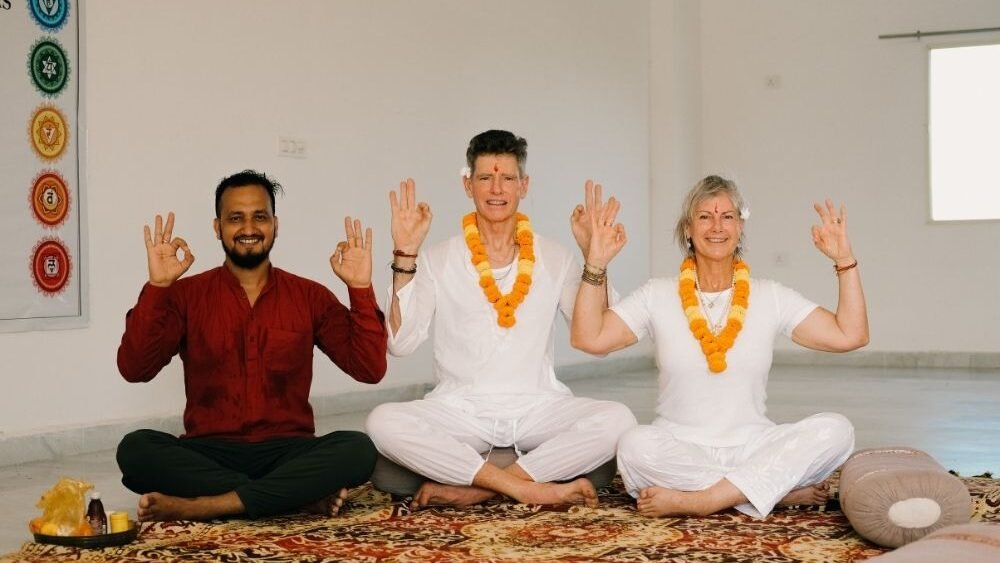
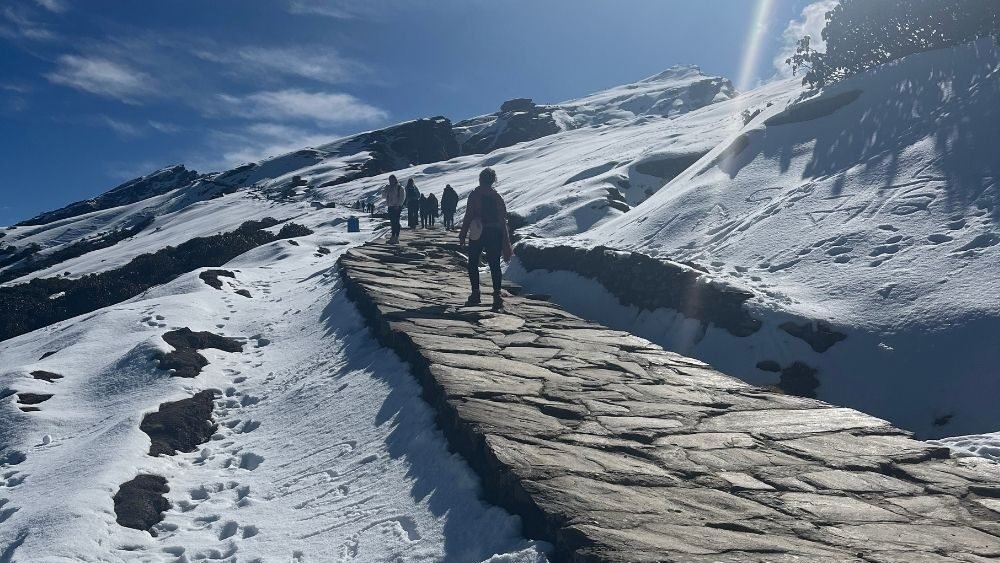
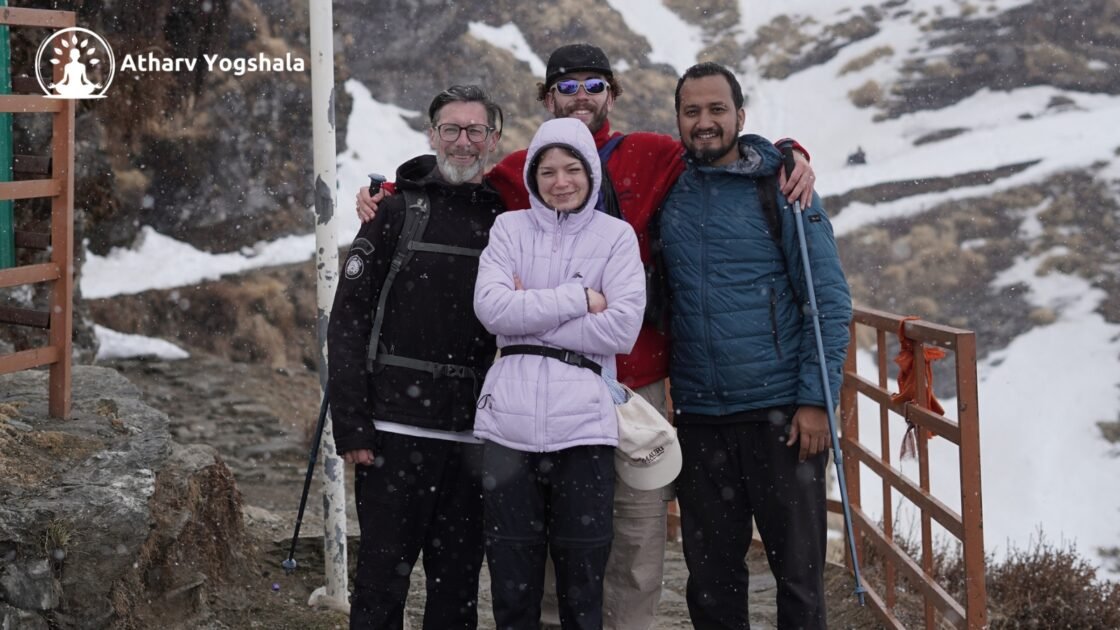


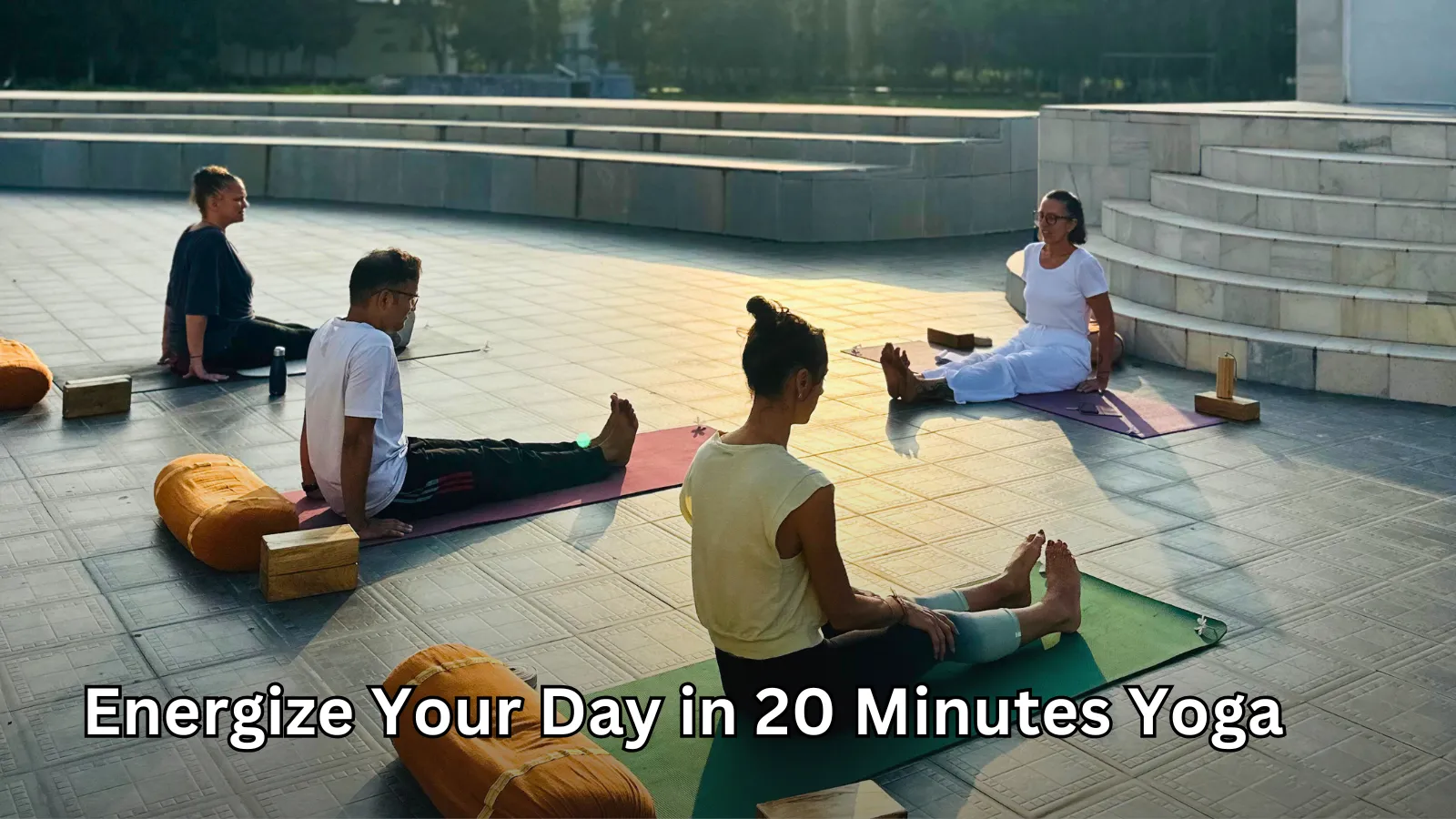
Leave a comment: